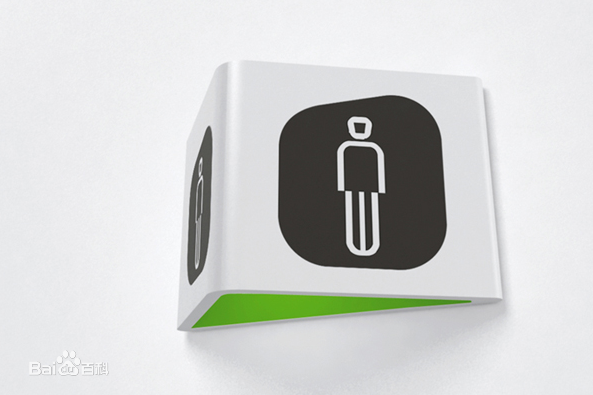We study the complexity of testing properties of quantum channels. First, we show that testing identity to any channel $\mathcal N: \mathbb C^{d_{\mathrm{in}} \times d_{\mathrm{in}}} \to \mathbb C^{d_{\mathrm{out}} \times d_{\mathrm{out}}}$ in diamond norm distance requires $\Omega(\sqrt{d_{\mathrm{in}}} / \varepsilon)$ queries, even in the strongest algorithmic model that admits ancillae, coherence, and adaptivity. This is due to the worst-case nature of the distance induced by the diamond norm. Motivated by this limitation and other theoretical and practical applications, we introduce an average-case analogue of the diamond norm, which we call the average-case imitation diamond (ACID) norm. In the weakest algorithmic model without ancillae, coherence, or adaptivity, we prove that testing identity to certain types of channels in ACID distance can be done with complexity independent of the dimensions of the channel, while for other types of channels the complexity depends on both the input and output dimensions. Building on previous work, we also show that identity to any fixed channel can be tested with $\tilde O(d_{\mathrm{in}} d_{\mathrm{out}}^{3/2} / \varepsilon^2)$ queries in ACID distance and $\tilde O(d_{\mathrm{in}}^2 d_{\mathrm{out}}^{3/2} / \varepsilon^2)$ queries in diamond distance in this model. Finally, we prove tight bounds on the complexity of channel tomography in ACID distance.
翻译:暂无翻译



